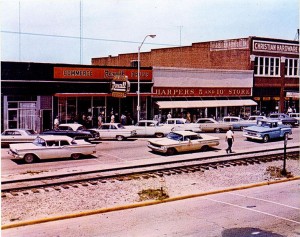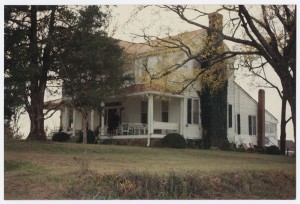
We are happy to announce one of our newest project partnerships with the Piedmont Regional Library System. Their collection, the Commerce Public Library Heritage Room Collection, includes photographs and text representing the history of Commerce and Jackson County, Georgia. These materials were digitized as part of DPLA’s Public Library Partnerships Project (PLPP), which connects public librarians and public library collections with the DLG and DPLA. We appreciate the opportunity to serve the Piedmont Regional Library System and learn more about the communities that they work with.
George Tuttle, the Information Technology Librarian with the Piedmont Regional Library System appointed Tina Harris, member of the Jackson County Historical Society and volunteer at the Commerce Public Library Heritage Room to select materials for digitization. Items in the Commerce Public Library Heritage Room Collection are, according to Tuttle, “a slice of life in Commerce, Georgia.” One of his favorite items in the collection is a color photograph of storefronts in Commerce. Tuttle notes: “It is truly a snapshot in time.”
Tuttle appreciates the opportunity to participate in the Public Library Partnerships project, and notes: “One of the strengths of the Digital Library of Georgia is its representation of all areas and aspects of life in Georgia.”


